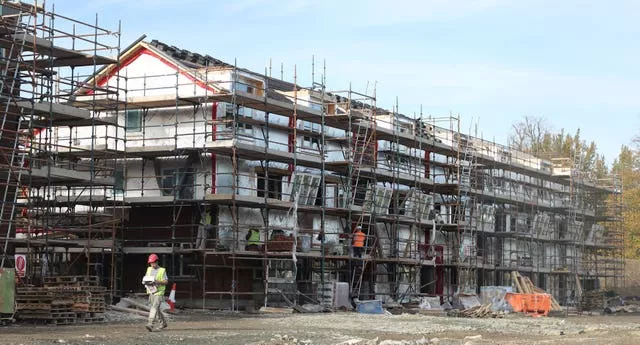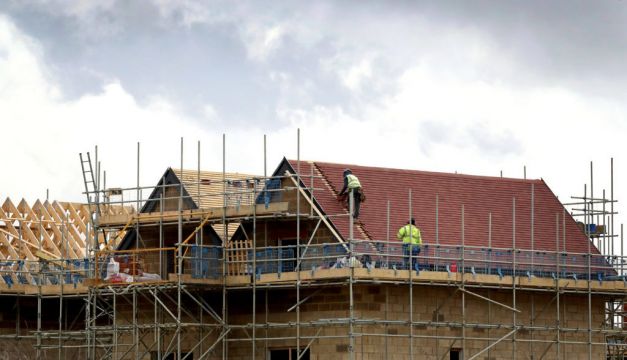Falling interest rates coupled with high rates of construction may bring a decade-long trend of rapidly rising housing prices to an end, it has been claimed.
Ronan Lyons, an associate professor in economics at Trinity College Dublin, said the number of homes available to buy that were not new-builds should increase as interest rates level off this year.
It comes as housing prices nationally rose by an average of 1.8 per cent in the first three months of 2024.
According to the latest House Price Report released by property website Daft.ie, the typical listed price nationwide in the first quarter of this year was €326,469.
That is 5.8 per cent higher than in the same period a year earlier and 30 per cent higher than at the onset of the pandemic.
The report shows significant differences in trends across the country, with increases in general lower in and close to Dublin.
Prices in Dublin were 3.2 per cent higher in the first quarter of 2024 than a year previously, while in the rest of Leinster, the increase was 5 per cent.
Cork city saw prices rise by 7.3 per cent year-on-year, while Galway city saw an increase of 9.4 per cent.
Increases in Waterford and Limerick cities were both just over 10 per cent.
Elsewhere, prices in Munster (outside the cities) were 10.9 per cent higher and up 6.7 per cent in Connacht-Ulster in early 2024 compared to a year earlier.
The number of homes available to buy nationwide on March 1st stood at below 10,500.
This is down 24 per cent year-on-year and represents a new all-time low for the series which extends back to January 2007.
The number of homes to buy currently is just 40 per cent of the 2019 average.
The fall in availability affects all major regions of the country and started in mid-2023, after twelve consecutive months of recovering availability following lockdowns.
Commenting on the report, its author Mr Lyons said: “The new low in homes available to buy is driven by the second-hand segment and highlights the very tight conditions in the second-hand market across the country since Covid-19.

“The number of homes being built has risen steadily. But interest rate increases have affected the recovery of the second-hand market.
“As interest rates peak and then fall, and in particular as sitting homeowners roll of fixed-rate mortgages, there should be an improvement in second-hand supply.
“Nonetheless, availability is well below half the levels seen pre-Covid-19, meaning it may take years for second-hand supply to recover to normal levels.”
In the report, Mr Lyons said that interest rates are expected to level off and indeed maybe even fall later in the year.
“As that happens, and as existing homeowners come off their fixed rate mortgages, the supply situation ought to improve,” he added.
“Perhaps then, coupled with far higher rates of construction, a decade-long trend of rapidly rising prices may come to an end.”
Average list price and year-on-year change in the Republic’s major cities in the first quarter of 2024
- Dublin city: €437,125 – up 3.2 per cent
- Cork city: €347,409 – up 7.3 per cent
- Limerick city: €274,427 – up 10.3 per cent
- Galway city: €378,504 – up 9.4 per cent
- Waterford city: €247,064 – up 10.2 per cent
- Rest of the country: €278,340 – up 7.2 per cent







